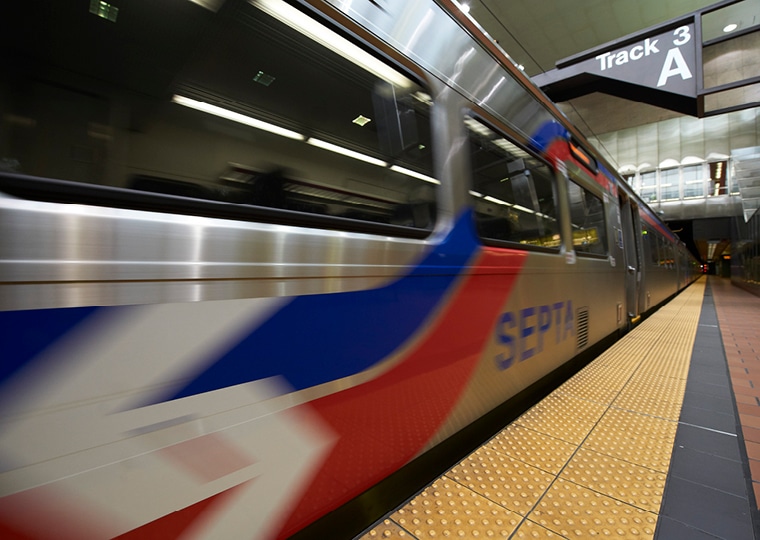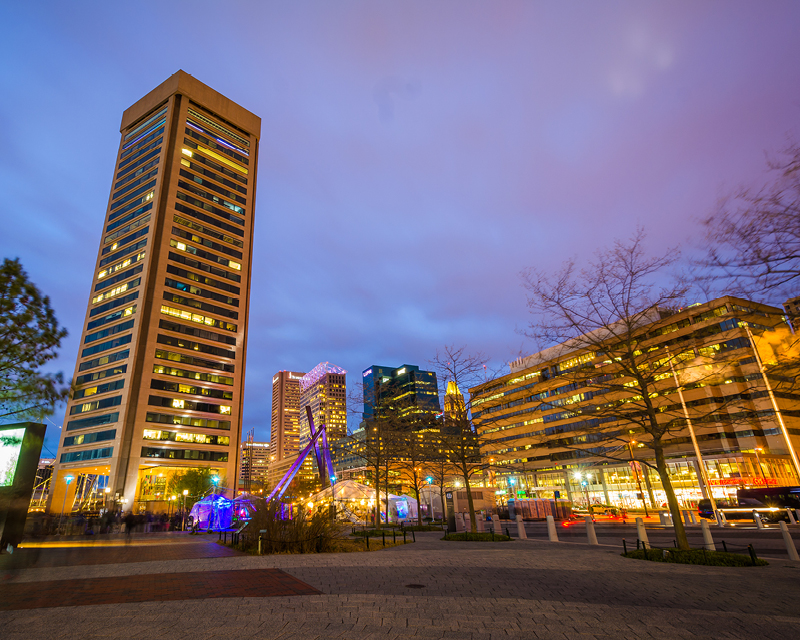
Whether you’re waiting on a subway station platform, or watching an action movie, we’ve all seen those folks using walkie-talkies – the police officers, firefighters, and transit employees – to talk to personnel underground. From day-to-day communications to emergency dispatch, communications engineering plays a vital role in keeping our transit systems running and emergency systems operating.
Unlike a hardwired connection, radio signals are more art than science. Radio Frequency (RF) functions on probability: to propagate signals effectively through walls, concrete, or tunnels, communications engineers have to determine the output of power, how much is received, and how much is lost or attenuated.
When I started RF work nearly 15 years ago, I learned to calculate a signal’s success on spreadsheets with hand calculations. Today, there are simulation tools to help determine the best locations to place antennas and control rooms based on what kind of doors and walls are in the design, and can simulate how radio signals will propagate through various types of materials such as concrete, drywall, e-glass, or even metal.
This technology helps us not only provide WiFi to riders on public transportation but safeguard emergency communications in place should a need arise. STV’s Owner’s Project Management team is putting this into practice with projects such as the Willimantic dispatch center, as well as our work in various justice facilities.
While underground radio communications have its fair share of obstructions, above ground in-building communications can be equally challenging. In correctional facilities, for example, many structures comprise of double-walls or reinforced doors. As a communications engineer, it’s vital that the various antennas are placed in such a way that personnel are able to effectively and safety perform their jobs, without concern of signal interruptions.

You may have experienced this with the radio in your car. Think of your favorite AM/FM stations – AM radio stations are listed in kilohertz (kHz), while FM stations range from about 99-108. These numbers signify the megahertz (MHz), or bandwidth. AM radio bandwidth is lower but can go further (albeit with a fuzzier sound), but with FM radio, for the music sounds much clearer, but only covers shorter distances. Simply put, the higher the frequency, the lower the wavelength – so it’s harder for the waves to bounce over obstructions to its destination.
Above ground radio communications (such as police dispatch or 911 call centers) operate on frequencies in the 400-500 and 700–800-megahertz (MHz) range, whereas WiFi operates in the Gigahertz range. The 400-800 MHz range is ideal for urban environments because the smaller radio waves can penetrate through glass, walls, and entire buildings. In RF work, it’s crucial that dispatch locations, as the epicenter of RF communication, are designed and hardwired to accommodate the transmission of these radio waves. We have to work very closely with architects, designers, and the entire project team to stay abreast of any design changes that could affect those signals.
Recently, low e-glass is being embraced as an energy-efficient alternative to conventional windows for new and existing buildings due to its reflective properties that isolate the indoor temperature from the outdoors. But an inherent side effect is to attenuate any RF signals coming from outside including emergency responder radio services and cell phone services. Communications engineering is adapting to strengthen radio signals to transmit through this much thicker barrier.
Communications engineering and RF have been at the forefront of design as building codes nationwide are updated. Many states are changing their laws to incorporate radio signal boosting systems for emergency services into schools, bus depots, and medical facilities. Whether designing new systems or upgrading existing systems, rather than a costly and inefficient change order to boost radio signals after a structure is complete, communications engineers can integrate RF into the design and construction process from the start.

Jithendra Yogarasa, P.E., is a senior systems engineer with more than 15 years of experience in the design and installation of communications systems serving rail transit facilities and emergency dispatch centers with very high frequency (VHF) and ultra-high frequency (UHF) radio systems. He is based in the firm’s New York City office.






